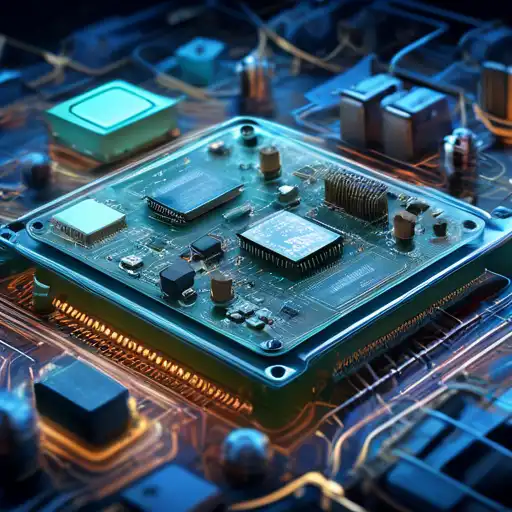The Hidden Heroes: How Embedded Systems Power Our Smart Devices
In the digital age, smart devices have become an integral part of our daily lives. From smartphones to smart refrigerators, these devices make our lives easier, more efficient, and more connected. But have you ever wondered what powers these smart devices? The answer lies in embedded systems, the unsung heroes behind the scenes.
What Are Embedded Systems?
Embedded systems are specialized computing systems that perform dedicated functions within larger mechanical or electrical systems. Unlike general-purpose computers, which are designed to handle a wide range of tasks, embedded systems are tailored to specific tasks, making them more efficient and reliable for their intended purposes.
The Role of Embedded Systems in Smart Devices
Embedded systems are the brains behind smart devices. They control the device's operations, process data, and communicate with other devices. For example, in a smart thermostat, the embedded system reads temperature data, processes it, and adjusts the heating or cooling system accordingly. This seamless operation is what makes smart devices so intuitive and user-friendly.
Key Components of Embedded Systems
Embedded systems consist of several key components, including:
- Microprocessor or Microcontroller: The core of the embedded system, responsible for executing instructions.
- Memory: Stores the software and data needed for the system to function.
- Input/Output Interfaces: Allow the system to interact with the external world, such as sensors and actuators.
- Software: The program that dictates the system's behavior and functionality.
Why Embedded Systems Are Essential for IoT
The Internet of Things (IoT) is a network of interconnected devices that communicate and share data. Embedded systems are the backbone of IoT, enabling devices to collect, process, and transmit data. Without embedded systems, the IoT ecosystem would not be possible, highlighting their critical role in modern technology.
Challenges and Future of Embedded Systems
Despite their advantages, embedded systems face challenges such as security vulnerabilities and the need for continuous updates. However, advancements in technology, such as AI and machine learning, are paving the way for more intelligent and secure embedded systems. The future of embedded systems looks promising, with potential applications in autonomous vehicles, smart cities, and beyond.
Embedded systems may not be visible to the naked eye, but their impact is undeniable. They are the hidden heroes that power our smart devices, making our lives more convenient and connected. As technology continues to evolve, embedded systems will play an even more significant role in shaping the future of smart devices and IoT.
